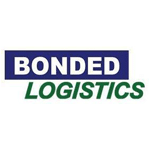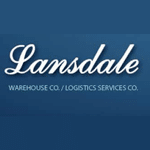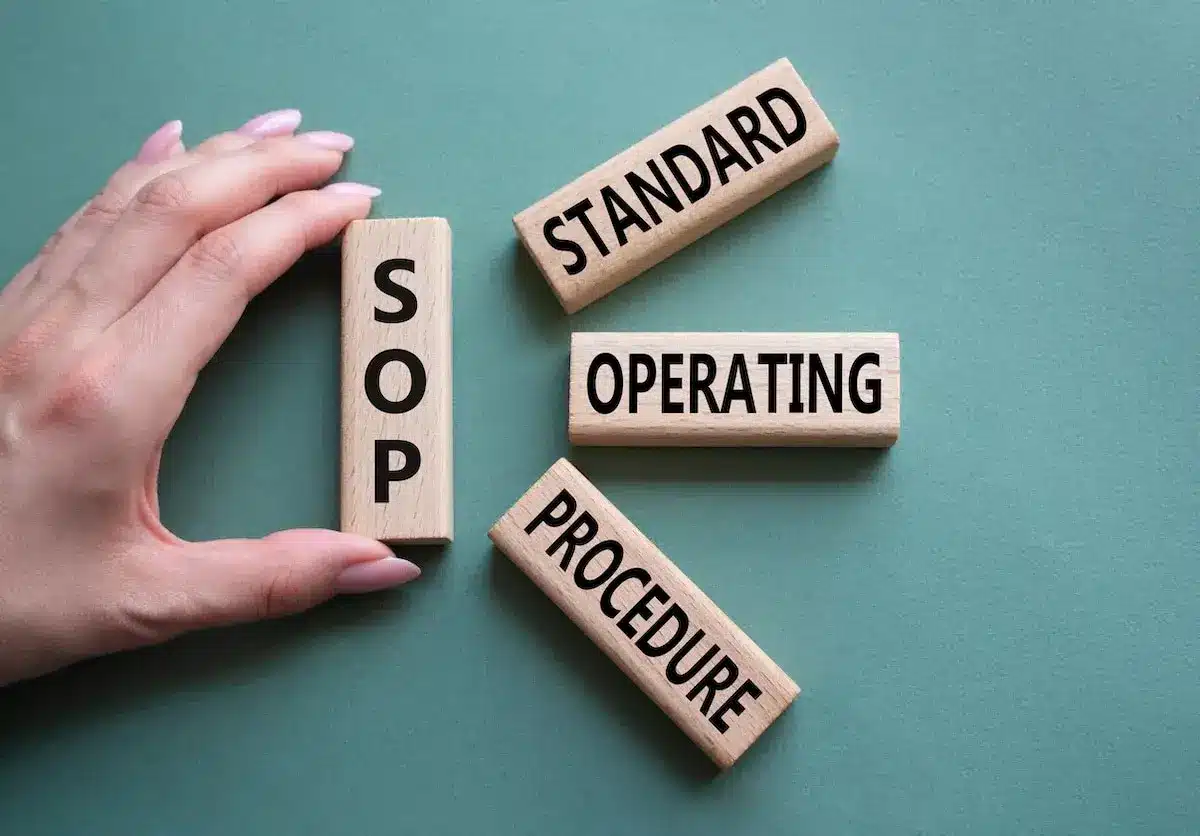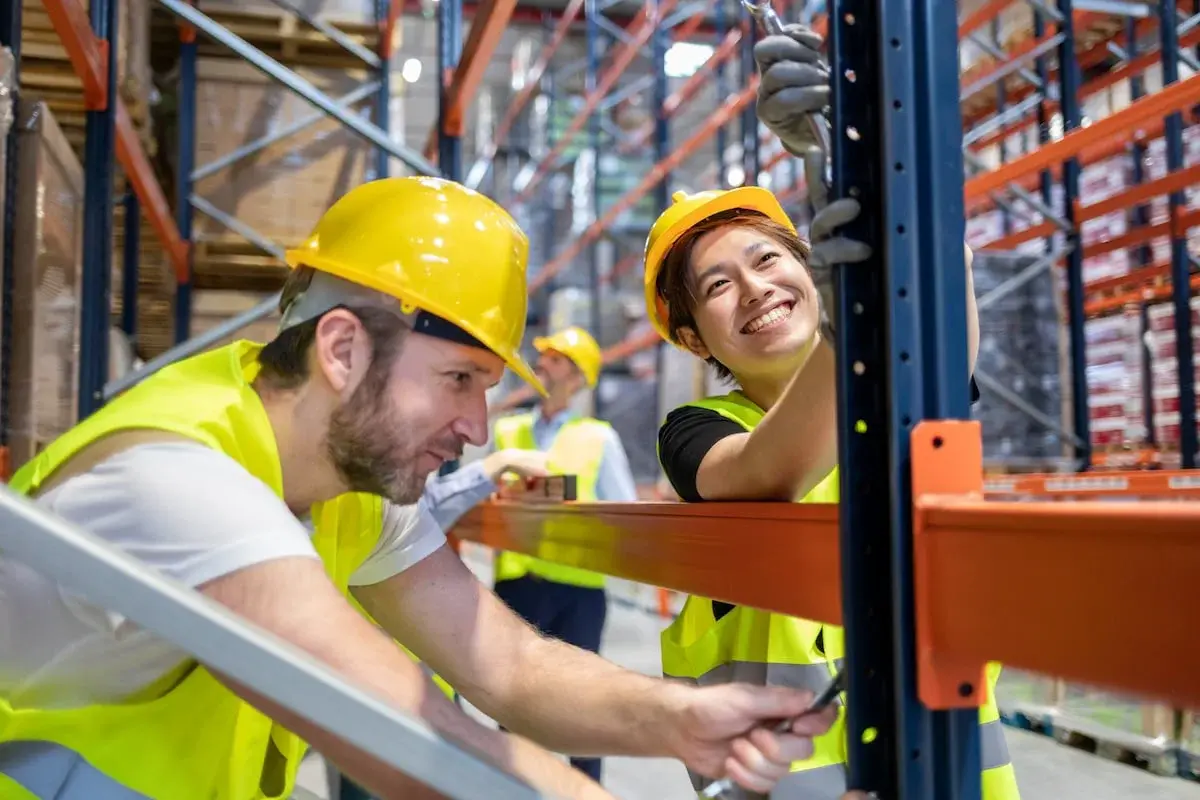Warehouse Putaway Process: A Guide for Warehouse Professionals
Warehouse Putaway Process: A Guide for Warehouse Professionals
Putaway is an essential warehouse process that determines how efficiently your inventory is stocked and accessible. When done correctly, putaway can minimize the time and effort needed to find and retrieve products. However, when done poorly, it can lead to confusion, lost time, and even safety hazards for warehouse managers and their staff. In this guide, we will discuss what putaway is, the different putaway methods, and how you can optimize your own warehouse putaway process using WMS software.
Definition of Putaway in Warehouse Operations
Putaway is a process that involves receiving inventory in a warehouse or distribution center, organizing it, and then storing it in its designated location. The goal is to ensure that the right items are stored in the optimal storage location and that they are easily accessible when needed. Putaway is a key component of an effective warehouse inventory management system and it can have a major impact on how quickly goods are located and retrieved.
Overview of Different Types of Putaway Methods
There are three main putaway methods commonly used in warehouses: directed putaway, dynamic putaway, and fixed-location putaway.
Directed Putaway
This method is used when goods arrive at the warehouse but are not yet stored in a specific location. In this case, a Warehouse Management System (WMS) will use logic to determine where each item should be placed based on frequently ordered items, size, type, etc. This method is designed to ensure that goods are stored in the most efficient way possible while minimizing the time and effort needed to find and retrieve products. Often referred to as slotting.
Dynamic Putaway
With this method, each item is given a unique location within the warehouse based on its characteristics. The system will then assign items to these locations when they are received. This method is best used when products are not regularly reordered, as it eliminates the need to constantly move them from one location to another.
Fixed-Location Putaway
This method requires items to be moved manually by staff and stored in pre-designated locations within the warehouse. This is usually done with an item’s size, weight, and usage rate in mind. This method is best used for items that are regularly reordered, as it allows warehouse staff to quickly and accurately locate the item when needed. Often these fixed locations are replenished from bulk locations.
The Difference Between Fixed and Dynamic Locations
Fixed-location putaway requires staff to manually move items from one location to another, which can be time-consuming and inefficient. Dynamic putaway, on the other hand, requires items to be placed in a predetermined location based on their characteristics. This eliminates the need for staff to manually move items, making it more efficient and cost-effective.
Best Practices for Optimizing Your Putaway Process
There are several best practices you can use to optimize your warehouse putaway process. Let’s discuss these now:
Streamline the Process with a Warehouse Management System
A WMS can help streamline the putaway process by providing real-time visibility into inventory levels, and available storage locations, reducing manual labor and allowing staff to quickly and accurately locate items. A WMS can also automate processes such as receiving, sorting, and picking to further increase efficiency. By utilizing a WMS, you can ensure that you have an efficient putaway process optimized for speed and accuracy.
Use Data and Real-Time Analytics
As a warehouse manager or operator, always use real-time analytics to measure performance and identify areas of improvement. Gather data on order fulfillment, inventory levels, and put away times and use it to inform your decisions. This will greatly enhance the accuracy and efficiency of your warehouse putaway process.
Monitor Available Storage Space and Capacity
Make sure you are always aware of the storage availability and current capacity of your warehouse space. This will help you make informed decisions about where to put away items and how to best utilize the space in your warehouse.
Reduce Travel Time and Distance
Minimize travel time and distance by ensuring that items are stored near the receiving area. This will reduce the amount of time it takes for staff to locate and retrieve items, allowing them to work more quickly and efficiently. This can be accomplished by optimizing your warehouse layout and ensuring that items are stored in the most efficient and accessible locations.
Keep a Clean Warehouse Facility
A clean and organized warehouse is essential for optimizing the putaway process. Make sure to keep the area free of clutter, debris, and any other obstacles that could slow down warehouse employees or delay order fulfillment. Keeping your warehouse clean and organized will ensure that staff can quickly and easily access items when needed.
Use Direct Putaway When Applicable
When possible, use direct putaway for goods arriving at the warehouse. This will allow items to be moved quickly and efficiently to their final location without having to be staged at a temporary location first.
Use a Mix of Fixed Locations and Dynamic Locations
If possible, use a mix of fixed locations and dynamic locations to store items. This will help you keep track of frequently ordered goods while also optimizing the process for less commonly ordered items. Fixed locations and dynamic locations are often used in combination for fast moving items in combination with replenishments.
More Putaway Best Practices:
• Identify and utilize the most efficient putaway methods for your warehouse
• Use barcoding (RF technology) to track products and locations
• Utilize software systems that provide real-time visibility into inventory levels
• Automate processes whenever possible
• Utilize labels, sorting bins, and other tools to ensure accuracy
• Train staff on proper putaway techniques
• Monitor and review your processes regularly for areas of improvement.
These are just some of the best practices that can help you optimize your putaway process. By being aware of these methods and utilizing them in your warehouse operations, you will be able to optimize efficiency, reduce errors, and improve safety.
Optimizing Putaway with Cadre Technologies Software
Cadre Technologies’ warehouse management software is designed to provide a comprehensive solution to your warehouse putaway process. Our software takes the complexity out of managing inventory and helps you streamline and optimize your procedures. We offer a range of features such as barcoding, RF scanning, automated processes, and real-time visibility into inventory levels that can help you improve efficiency and accuracy. With Cadre Technologies, you can rest assured that your putaway process is optimized for speed, accuracy, and efficiency.
Conclusion
Putaway is an essential part of any warehouse operation. Implementing the right system can help you increase efficiency, reduce errors, save time and money, improve safety, optimize inventory levels, and provide better customer service. Utilizing a WMS and utilizing best practices can ensure that your putaway process is optimized for speed, accuracy, and efficiency. Cadre Technologies’ software can help you streamline and optimize many of your warehouse processes while reducing time and errors.
Contact us today to learn more about how we can help improve your putaway system and warehouse processes.
FAQs
What is Put Away in Warehousing?
Put away is a process in warehousing where items are stored in their designated locations. Put away involves receiving, sorting, and placing goods into the designated locations in the warehouse. It is important to optimize put away processes to ensure accuracy and improve efficiency.
How Do I Optimize My Put Away Process?
Optimizing the put away process can involve a number of methods such as identifying and utilizing the most efficient putaway methods for your warehouse, utilizing labels and sorting bins to ensure accuracy, using barcoding or RFID technology to track products and locations, automating processes whenever possible, utilizing software systems that provide real-time visibility into inventory levels, and monitoring and reviewing processes regularly for areas of improvement.
What are Put-Away Rules in a Warehouse?
Put-away rules in a warehouse are the guidelines that determine where and how items should be stored. These rules can be based on a variety of factors such as item size, weight, and expiration date. Rules should be clearly communicated to ensure accuracy and efficiency in the put-away process.
What is Pallet Putaway?
Pallet putaway is a process in which pallets of goods are stored in their designated locations within a warehouse. This process involves receiving, sorting, and placing pallets into the designated locations within the warehouse. Optimizing your pallet putaway process can help you increase efficiency and reduce errors.










